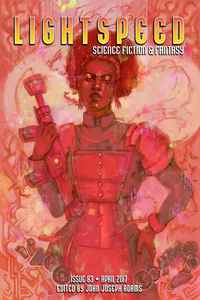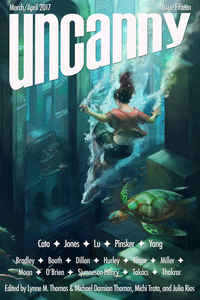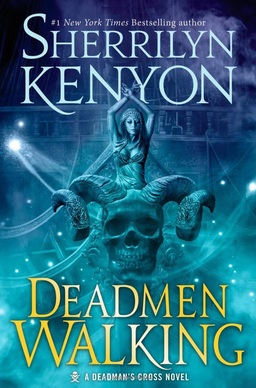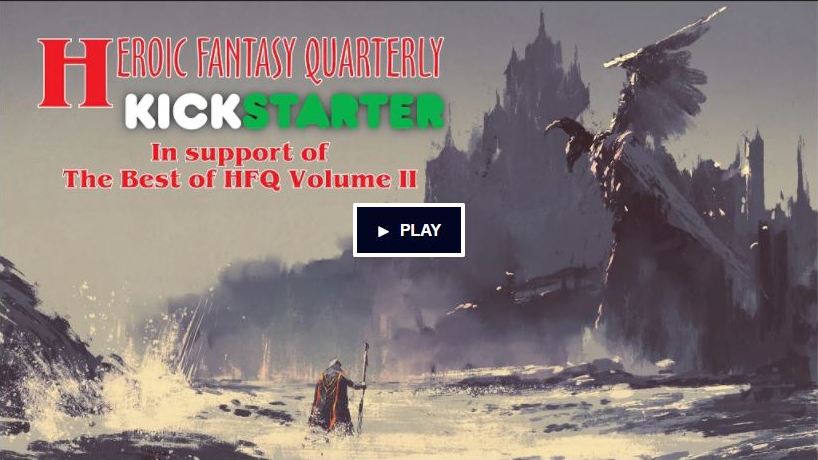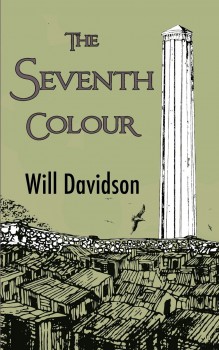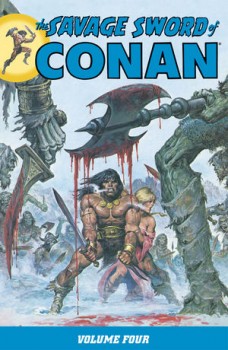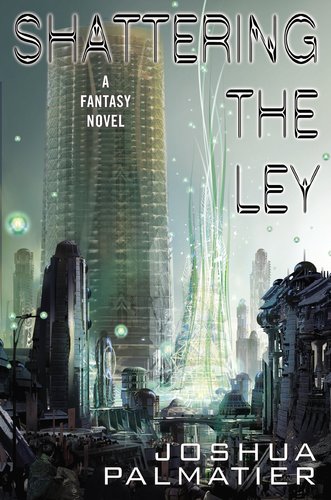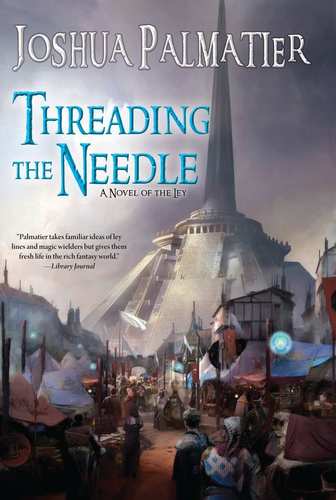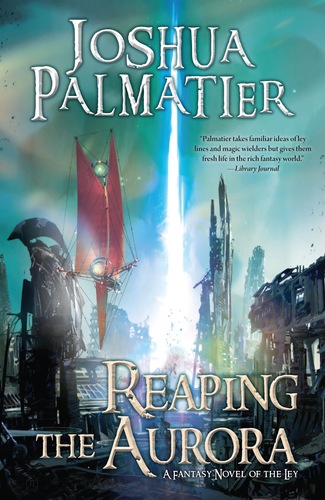Spacial Delivery by Gordon R. Dickson
 Spacial Delivery (1961), a slight and slender book, is a relic of a past age when not every new book by an author had to be some sort of masterpiece. The same year this book came out, Dickson published two other novels and ten short stories. Over the course of fifty years of published writing, he wrote 55 novels and nearly 200 short stories. I can’t say for sure, but that sort of volume seems to have given him the freedom to write whatever sort of stories he wanted, whether high-concept space opera like his Childe Cycle, pulp fare like Hour of the Horde, comic stories like his Hoka collaborations with Poul Anderson, or middle-of-the-road standalones like this book.
Spacial Delivery (1961), a slight and slender book, is a relic of a past age when not every new book by an author had to be some sort of masterpiece. The same year this book came out, Dickson published two other novels and ten short stories. Over the course of fifty years of published writing, he wrote 55 novels and nearly 200 short stories. I can’t say for sure, but that sort of volume seems to have given him the freedom to write whatever sort of stories he wanted, whether high-concept space opera like his Childe Cycle, pulp fare like Hour of the Horde, comic stories like his Hoka collaborations with Poul Anderson, or middle-of-the-road standalones like this book.
When my friend Carl tossed me this back in the early eighties, he told me it was a comedy. I trusted him and gave it a read. It was funny, not in the laugh-out-loud style of the Hoka stories (which if you haven’t read, are about teddy bear-like aliens who have trouble distinguishing fact from fiction, and act out human stories, including Sherlock Holmes and The Jungle Book), but good for a chuckle or two. On rereading, the humor’s a little thin, but it’s a decent enough way to spend a couple of hours.
Out in a crucial sector of space between regions of human and Hemnoid hegemony, lies Dilbia, a planet of high mountains and deep forests. The Dilbians have a rugged, frontier-style civilization, with people living in small towns or with their clans in forests. The Dilbians themselves, well, the cover gives it away. They sort of look like bears — very big bears.






